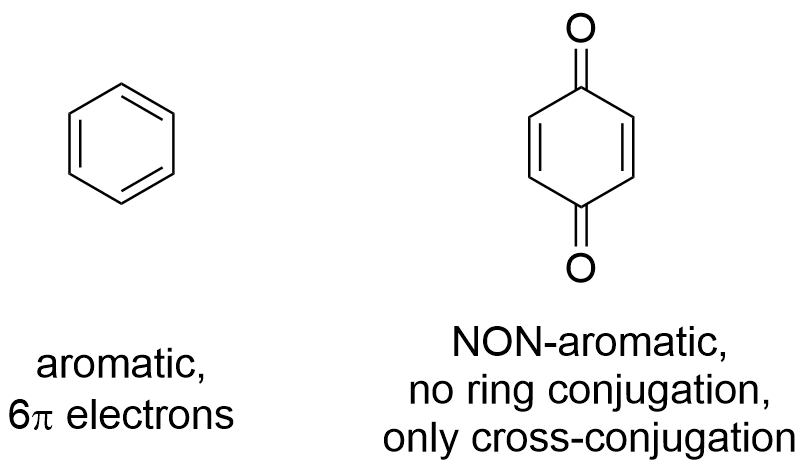When we draw resonance structures of aniline, 8 electrons participate in resonance, making it antiaromatic. But in our school textbook, it is said to be aromatic. Does the lone pair of $\ce{NH2}$ participate or not? If it doesn't, then it would make sense.
2 Answers
The lone pair of nitrogen is also part of the extended π-system; the molecule itself is still aromatic. As I already explained in the question about fulvene, aromaticity is nothing you can determine based on simple rules, especially not counting electrons.
Structural indicators like bond lengths and angles give a good idea how well established resonance is. Additionally you can draw a qualitative molecular orbitals diagram and look if it is similar to benzene. Eventually the determination of aromaticity is an experimental one, for example with NMR spectroscopy.
From the crystal structure (M. Fukuyo, K. Hirotsu, and T. Higuchi, Acta Cryst. 1982, B38, 640-643. DOI: 10.1107/S056774088200363X) we know that the carbon-carbon bond lengths are all similar and between 136 and 141 pm. The NMR spectrum clearly shows the protons have aromatic shift, see chemicalbook.com.
The molecular orbitals of aniline (calculated at DF-BP86-D3BJ/def2-SVP; Gaussian 09 D.01) show that the nitrogen is part of the π-system. They are also very similar to benzene. Here are the orbitals of the π-system in decreasing energy. Virtual (unoccupied) orbitals are red/yellow, and occupied orbitals are blue/orange.
For aromaticity, you need several rules to be satisfied:
1) The compound must be cyclic;
2) It must be ring-conjugated (no cross-conjugation!);
3) The number of electrons on π-orbitals in ring conjugation must obey Huckel's rule and be equal to a number of (4n+2) electrons, where n is a whole non-negative number.
Al that means that we need to count only those electrons, which are in aromatic cycle, but we do not care for "exo" electrons.

You can read more about quinone non-aromaticity here, here, and some general information about aromaticity here.
Back to your question:
Resonance forms 2-4 do not have any kind of ring conjugation, as when the aminogroup is involved into resonance, it gives its non-bonding pair for bond formation, and makes the compound cross-conjugated. Since there is no ring conjugation the forms 2-4 are non-aromatic.
Aminogroup does participate in resonance, but it has little influence on aromaticity.
-
1$\begingroup$ 1,4-Benzoquinone certainly is aromatic as the NMR shows. $\endgroup$– Martin - マーチン ♦Commented Sep 22, 2017 at 9:02
-
2$\begingroup$ You cannot view resonance forms as independent structures, therefore "Since there is no ring conjugation the forms 2-4 are non-aromatic." is just plain wrong. Either the molecule is aromatic (as a whole) or it is not. $\endgroup$– Martin - マーチン ♦Commented Sep 22, 2017 at 9:06
-
1$\begingroup$ I won't agree about benzoquinone aromaticity. You can predict aromaticity of compounds by chemical shifts of hydrogens, but the NMR is not always the only sign, as many papers say. You also need to consider ring currents, right? There is certainly a lot of debates in this topic, but I would think that quinone is much closer to unsaturated ketones with all their properties, than to aromatic compounds. $\endgroup$ Commented Sep 22, 2017 at 9:46
-
1$\begingroup$ Regarding to your resonance remark: aniline is aromatic, and its stabilization energy is even larger than the one for benzene because of delocalization. It never loses its conjugation, but following the formal rules, I can't call these structures fully aromatic. $\endgroup$ Commented Sep 22, 2017 at 9:53
-
1$\begingroup$ Then you are using an old set of rules, or you did not understand them. You can always ever only discuss the resonance hybrid as a whole. And Hückel's rules simply do not apply to this compound. $\endgroup$– Martin - マーチン ♦Commented Sep 22, 2017 at 9:57


